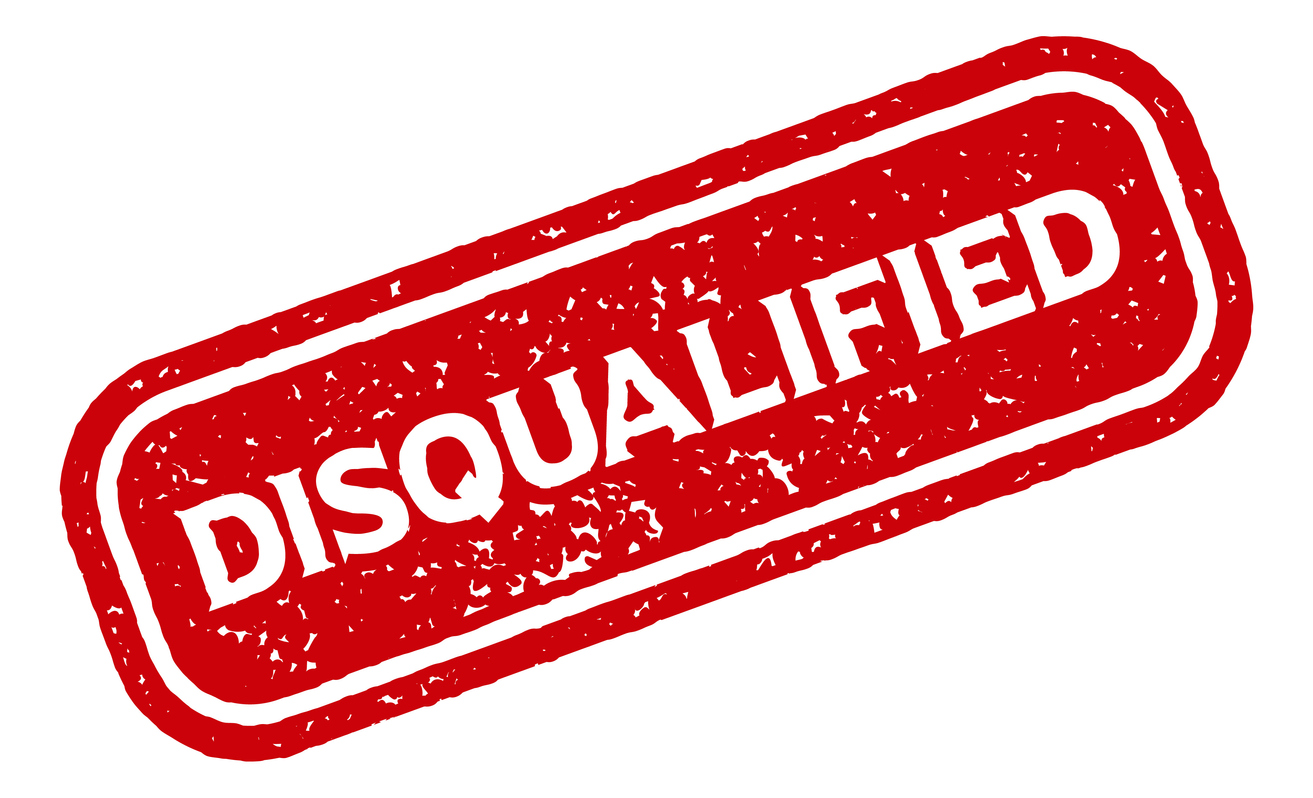Texas Insurance Code Section 542A.006, effective December 1, 2017, allows insurers to accept liability for the acts of their adjusters either before suit is filed or after suit is filed. If the election of liability is made before suit is filed, the in-state defendant adjuster never becomes a party if suit is filed eventually. If the election is made after suit is filed, the court must dismiss the adjusters from the suit.
This addition to insurance law is now beginning to play out in court opinions. So far, the score is tied two to two—two wins for the insureds’ team which like a state court stadium and two wins for the insurers’ team which prefer a federal court stadium.
The main issue is: whether a suit non-removable when commenced in state court due to a lack of complete diversity among the parties, becomes removable based solely on a diverse insurer’s election to accept complete liability of a non-diverse or in-state defendant adjuster under Section 542A.006(a) of the Texas Insurance Code. A review of four (4) current Texas decisions reveals each team’s strategy.
First batter up is Massey v. Allstate Vehicle & Property Insurance Company.1 This case concerns a remand from a Harvey insurance dispute that was originally filed in state court against Allstate and four adjuster/agents. Allstate filed its answer and then pitched a strike ball by filing under Section 542A.006, a written election to accept legal responsibility of the four adjusters’ wrongful acts, if any, during claims-handling. The umpire/court signed an order dismissing the four adjusters from the suit which resulted in complete diversity of citizenship of the parties. In the next inning, Allstate hit a potential foul ball by immediately removing the suit to federal court in the Southern District of Texas.
The umpire/court found that the voluntary-involuntary rule applied, and the case should not have been removed. The voluntary-involuntary rule states that “an action nonremovable when commenced may become removable thereafter only by the voluntary act of the plaintiff.”2 An exception to that rule is “where a claim against a non-diverse or in-state defendant is dismissed on account of fraudulent joinder.”3 However, here, Allstate conceded that the adjusters were not fraudulently joined so there was no exception to apply and the voluntary-involuntary rule was a grand slam because the removal was not the act of plaintiffs but that of defendant, Allstate. Thus, the removal was a foul ball. A remand was ordered. This case was a home run for insureds who generally prefer a state court stadium.
Next up, in a hail case, Electro Grafix, Corp., v. Acadia Insurance Company,4 a Western District court took a different approach to this same issue of remand and the effect of the new insurance code section. Here, the insurer, Acadia, accepted liability of its in-state adjuster, Odermatt, under Section 542A.006(a) before suit was filed. Acadia hit a potentially foul ball by removing the case. Arguing for fair territory—a remand—plaintiffs contended that Odermatt was not fraudulently joined while Acadia argued the opposite. The umpire/federal trial court conducted a Rule 12(b)(6)-type fraudulent/improper joinder analysis in which the court looks to the complaint/petition to determine whether there is a reasonable basis to predict that plaintiff might be able to recover against the allegedly fraudulent joined, in-state defendant adjuster.5 The umpire/court found that:
Given that any claim that Plaintiff makes against Odermatt will be dismissed under Section 542A.006(c) [because Acadia has accepted Odermatt’s alleged liability], the Court finds that Acadia has met its burden to show that there is no reasonable basis to predict that Plaintiff might be able to recover against Defendant Odermatt.
Accordingly, the Court finds that Odermatt is improperly joined, and this Court lacks subject-matter jurisdiction over the claims against him. Eliminating Odermatt from the suit creates diversity of citizenship between Plaintiff and Acadia. Taken together with the fact that the amount in controversy exceeds $75,000, the Court finds that the requirements of diversity jurisdiction are satisfied, Plaintiff’s motion to remand is denied.6
This was a home run for the insurers’ team which generally likes to be in a federal court stadium.
Following Electro Grafix, and in the very same court in the Western District, is Flores v. Allstate Vehicle & Property Insurance Company,7 Allstate accepted liability of its adjuster in this case after suit was filed and invoking diversity jurisdiction removed the suit to federal court. The suit was removed under 28 U.S.C §1446(b)(3) that allows removal within thirty days of notice of “other paper” which Allstate argued here was the state court’s order dismissing the adjuster for which Allstate had made written acceptance of its liability under Section 542A.006(a).
Plaintiff argued that the voluntary-involuntary rule applied because the case was not removable when filed as the adjuster and plaintiff were Texas citizens, and removal was accomplished by Defendant Allstate–not the plaintiff. Allstate argued improper joinder as the exception to the application of the voluntary-involuntary rule.
The umpire/court, relying on its own previous decision in Electro Grafix, found that the election and dismissal in this suit was involuntary but the exception of improper joinder applied, and ruled removal was proper and denied remand. This was another home run for the insurers’ team. The score stands two wins to one.
However, now with the series only in about the third inning, the insureds’ team rallies in another hail storm suit in the Eastern District, Stephens v. Safeco Insurance Co of Indiana,8 Safeco threw a strike and elected to accept liability of Baker, the in-state defendant adjuster, after suit was filed. In the next inning, Safeco hits a foul ball by removing the suit. The teams argue to the umpire/court. Plaintiff files a motion to remand and Safeco argues improper joinder.
The umpire/court focuses on where the ball landed, i.e., the timing of the insurer’s election to accept liability—either before or after suit is filed—as essential to the court’s improper joinder inquiry. That is – whether an insurer’s election to accept full liability of an adjuster is tantamount to a finding of improper joinder which turns on whether the election is pre-suit or post-suit. If the election is made pre-suit, an adjuster subsequently joined is joined when state law mandates that there can be no viable claims against him. If, however, the election is made post-suit, a diverse defendant-insurer cannot rely solely on the fact that the insured is now prohibited from recovering against the non-diverse adjuster. An election made pre-suit does not challenge the joinder of the non-diverse adjuster and, as a result, has no bearing on whether a plaintiff-insured asserted viable claims against the non-diverse adjuster when joining him to the action.
Simply put, if an insurer elects to accept full responsibility of an agent/adjuster after the insured commences action in state court, the insurer must prove that the non-diverse adjuster is improperly joined for reasons independent of the election made under Section 542A.006 of the Texas Insurance Code.9
Safeco argued that the adjuster was improperly joined because he was dismissed from the action by Safeco’s election under 542A.006; therefore, under the improper joinder test, there was no reasonable basis for the district court to predict that the plaintiff might be able to recover against the adjuster in state court. The umpire/court rejected Safeco’s argument and gave the following abridged version of Safeco’s arguments as follows:
Baker was properly joined when Stephens commenced the action in state court—not disputing that Stephens asserted viable claims against the adjuster; after the proper joinder, Safeco made an election under Section 542A.006 –thereafter foreclosing on any possibility of Stephens to recover against Baker; removal should now he allowed on the basis that Baker was improperly joined. The Court cannot accept this argument as reasonable under the law or logic. Whether a non-diverse defendant is improperly joined is a binary question: the defendant is either a proper party when joined to the suit or the defendant is an improper party when joined to the suit. It does not follow that a non-diverse defendant that is initially properly joined may become initially improperly joined. Again, the focus must be on the joinder.
The court ruled that the voluntary-involuntary rule barred the removal because neither Safeco’s election to accept liability or legal responsibility of Baker nor Baker’s impending dismissal were voluntary acts of Plaintiff. Further, Safeco failed to carry its burden that Baker was improperly joined which would establish the exception to the voluntary-involuntary rule. The court found the ball [law suit] was in foul territory and ordered the suit remanded to the state court stadium. This was definitely a win for the insured’s team.
The present score in this series is tied—two insureds wins to two insurers wins. Both teams need to stay tuned to follow the future outcome and final World Series (Supreme Court) decision about the present conflict of decisions in the Texas federal district courts regarding the issue of removal verses the Texas Insurance Code Section 542A.006. We’re a long way from heading down the stretch.
_______________________________
1 Massey v. Allstate Vehicle & Prop. Ins. Co., 2018 WL 3017431 (S. D. Tex. June 18, 2018).
2 Crockett v. R. J. Reynolds Tobacco Co., 436 F.3d 529, 532 (5th Cir. 2006). (Emphasis added.)
3 Id.
4 Electro Grafix, Corp., v. Acadia Ins. Co., 2018 WL 3865416 (W.D. Aug. 14, 2018).
5 See Smallwood v. Illinois Cent. R. Co., 385 F.3d 568, 573 (5th Cir. 2004).
6 Electro Grafix, at *4.
7 Flores v. Allstate Vehicle & Prop. Ins. Co., 2018 WL 5695553 (W. D. Tex. Oct. 31, 2018).
8 Stephens v. Safeco Ins. Co. of Indiana, 2019 WL 109395 (E.D. Tex. Jan. 4, 2019).
9 Stephens, at *6.



